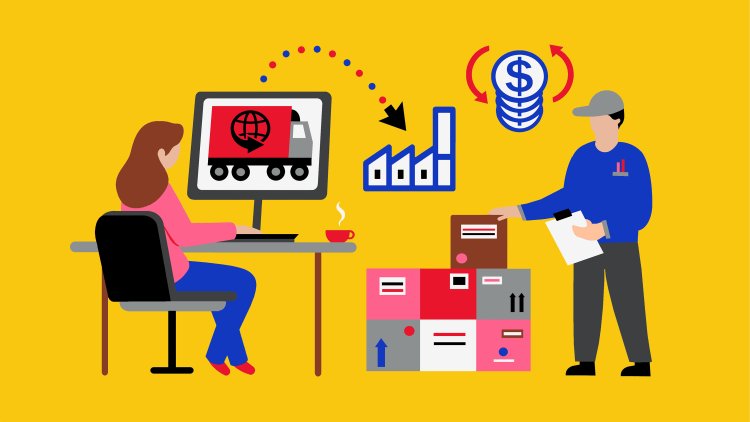Navigating Reverse Logistics: Effective Returns and Product Disposition Management Techniques

The path of a good in the realm of commerce doesn't always finish at the point of sale. Within the intricate field of reverse logistics are returns, exchanges, and product recalls. For companies to cut expenses, make the most of available resources, and keep customers happy, reverse logistics must be managed well. The difficulties of reverse logistics will be covered in this blog along with practical methods for handling returns and goods disposal.
Knowing Reverse Logistics
Reverse logistics is the handling of returned goods from the moment of consumer return to the product's ultimate disposal. Reverse logistics handles product flow in the opposite direction from forward logistics, which deals with the transportation of commodities from production to consumption and frequently poses special difficulties including:
- Variable Causes of Returns: Product flaws, wrong orders, buyer regret, or shifts in consumer tastes are just a few of the causes of returns. Handling these many return circumstances calls for agility and flexibility in the reverse logistics process.
- Product Condition: Brand new things in their original packaging to used or damaged goods may all be returned in different conditions. Minimizing losses and optimizing recovery value need appropriate evaluation and handling of returned goods.
- Regulatory Compliance: To stay out of legal hot water and uphold moral principles in reverse logistics activities, one must abide by rules controlling goods returns, recalls, and disposal.
Methods of Managing Reverse Logistics Effectively
- The Returns Procedure Simplified: Provide customers simple returns procedures, user-friendly return portals, and handy return choices include in-store returns or pre-paid shipping labels. Returns made easy improve client happiness and promote repeat business.
- Automated Return Processing: To expedite the return item processing, put automated processes and software into place. Automation of data collecting, barcode scanning, and inventory control systems can speed up return processing and lower human error.

- Segmentation and Prioritization:Sort returned goods according to their worth, condition, and possible dispositions. Give handling high-value or urgently needed items—like perishables or products liable to recalls—priority.
- Repair, Refurbishment or Recycling: Depending on their state and the demand in the market, create procedures for repairing, refurbishing, or recycling returned goods. To reduce environmental effect, salvage useable parts, repair items to market as refurbished or open-box items, or recycle materials ethically.
- Data Analytics and Insights: Use data analytics technologies to learn about consumer behavior, product performance, and return trends. Return data analysis can assist find the underlying reasons of returns, maximize inventory levels, and guide marketing plans or product design to lower returns in the future.
Case Study
To better handle returns, online retailer Company ABC put into place a thorough reverse logistics plan. Using data analytics tools and automated return processing systems, they were able to shorten processing times by thirty percent and increase supply chain inventory visibility. In order to raise the value of returned devices and cut waste, Company ABC also put in place refurbishment initiatives.
CONCLUSION
To keep profitability, client satisfaction, and environmental sustainability, companies must manage reverse logistics well. Organizations can more successfully negotiate the challenges of reverse logistics by putting in place automated systems, strategic disposition plans, and simplified returns procedures. In the fast changing market of today, companies can improve their reverse logistics operations and use data-driven insights and cutting-edge technology to gain a competitive edge.
What's Your Reaction?


















